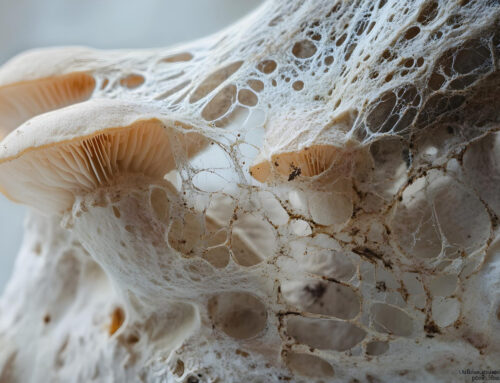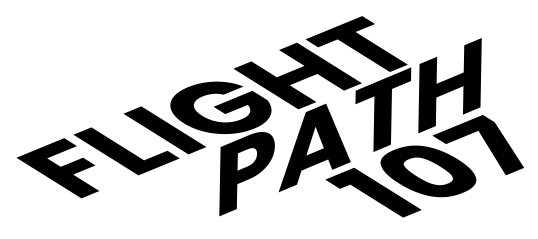Sky Guardians: How Drones Are Safeguarding Wildlife Habitats from Poachers
By Rains Ren|2023-11-29T00:01:47+00:00November 28, 2023|Environmental, Habitat Protection|Comments Off on Sky Guardians: How Drones Are Safeguarding Wildlife Habitats from Poachers
Share This Story, Choose Your Platform!
About the Author: Rains Ren
Hi! Thanks for reading my article related to the cutting-edge technology saga related to drone tech. I began pursuing a professional career in this industry in my thirties in 2022. Since then I launched Flightpath107 to provide the most relevant and well-organized curriculum to pass the FAA Part 107 exam. In the process of pursuing this I began to realize all the good this technology can do. Flightpath107 is dedicated to helping more people become FAA certified drone pilots, so thereafter they can use this technology in endless ways to help the planet, grow in their career, improve their industry, pursue entrepreneurial ideas, and the list goes on. <3






